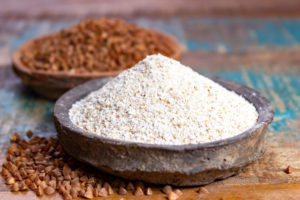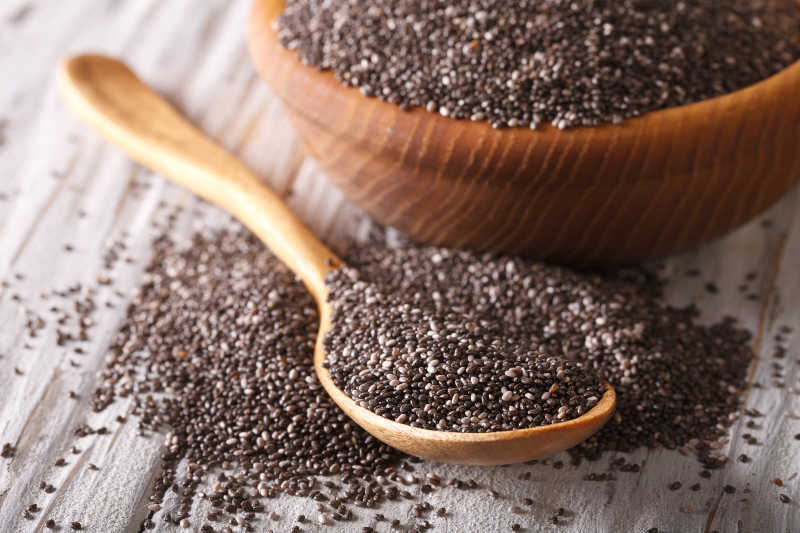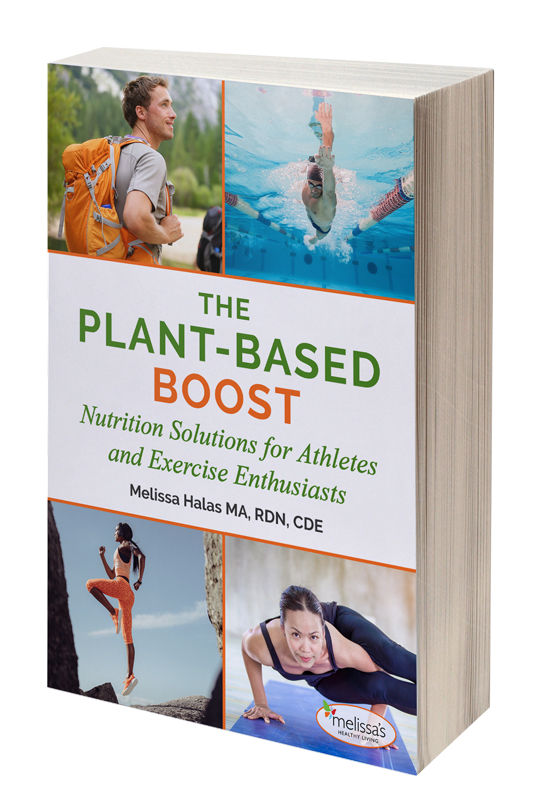
Did you know that eating more whole grains, like ancient grains, can help prevent type 2 diabetes, stroke, heart disease, and fuel your workouts?
Popular ancient grains, seeds, and oilseeds are quinoa, amaranth, flax, millet, oats, buckwheat, and chia. Whole grains and seeds can be rich in satisfying plant-protein, fiber, and healthy fats, which can help you stay full for longer and maintain a healthy weight. There are also long-term benefits as they help prevent strokes, diabetes, heart disease, and cancer, all while increasing that full feeling that helps curb weight gain. Some of my clients who suffer from migraine headaches or have rheumatoid arthritis have found a marked improvement in their disease symptoms by choosing gluten-free grains. For athletes, it’s an easy and tasty way to boost plant-based protein, antioxidants, vitamins, and minerals.
 How long have ancient grains and seeds been around?
How long have ancient grains and seeds been around?
Ancient grains have been around for over 8,000 years! They’ve gained recent popularly because many are gluten-free. With an increased awareness of Celiac disease, gluten sensitivity, and general interest in gluten-free foods, ancient grains have been making headlines. The best part is that these grains are high in fiber, protein, vitamins, minerals, and contain healthy fats! As a kid, my mom cooked and baked with many of these. I loved millet and taught functional foods courses for close to two decades, highlighting the abundance of phytochemicals and nutrients in ancient grains. I’m glad to see they’re finally getting the recognition they deserve.
How can you prepare ancient grains?
There are many ways to prepare ancient grains to add flavor and texture. Try a bowl of chia soaked overnight in non-fat milk or nut milk and sprinkle with cinnamon for a breakfast that will keep you satisfied all morning. I love ground gluten-free oats, as they add a very light taste almost like white flour. Try it yourself with these gluten-free zucchini oat muffins. Amaranth adds a nutty taste when added to ¼ of the whole grains used in baking. Quinoa is a great substitution for pasta or added into bread. Quinoa and millet are delicious with slivered almonds and chopped dried apricots or cherries. For more savory dishes, try adding seasonings and spices. I cook my ancient grains in my rice cooker or instapot! Check out my new books, The Plant-Based Boost, Nutrition Solutions for Athletes and Exercise Enthusiasts and The Plant-Based Boost Cookbook for more information on cooking times and delicious recipe ideas!
Ancient Grains Myths and Facts
Keep in mind that with an increase in popularity of a food group, even a real food with natural whole goodness like ancient grains will bring out the naysayers! For example, with the popularity of the Paleo diet, whole grains, which help prevent cancer, are getting a bad rap! So let’s put some of these myths to rest.
Myth #1:
Whole grains, like ancient grains, are not part of the Paleo diet and are difficult for our body to process.
Fact #1: Whole grains provide essential B vitamins, magnesium (many Americans don’t get enough of this), and a variety of phytochemicals that fight cancer. Athletes have higher antioxidant needs. Whole grains should be included in the daily diet, in addition to other plant foods like fruits, vegetables, nuts, seeds, and beans. Try replacing refined pasta with whole grain pasta like buckwheat soba noodles.
Myth #2:
White rice should be consumed because it’s easy to digest.
Fact #2: Ancient grains are nutrient powerhouses. One cup of uncooked amaranth has 13 grams of dietary fiber, as much fiber as 6 cups of uncooked white rice. If you have problems with digesting fiber, add it slowly and gradually along with plenty of water. A high fiber diet is anti-inflammatory –and inflammation contributes to most diseases! So take your time getting adjusted. Plus fiber helps diversify your gut bacteria improving your microbiome and immune system.
Myth #3:
Ancient grains are high in calories and whole grains contribute to weight gain.
Fact #3: Ancient grains can help you lose weight because they contain fiber, fat, and protein, which together promote satiety. Incorporating whole grains into your diet will not make you gain weight unless you eat too much. Research has shown that replacing refined grains with whole grains is actually associated with lower body weight.
Myth #4:
Ancient grains will make you bloated.
Fact #4: Reduce bloating by gradually increasing fiber along with water. If bloating does occur during your transition to a high fiber diet, try chamomile or peppermint tea to reduce your symptoms.
Say yes to ancient grains! These can be a tasty part of a diet that contributes to the key nutrients that you need for good health and longevity.
Read Plant-Powered Benefits of Ancient Grains and Seeds for more nutrition tips, and buy my cookbook for even more ideas!





